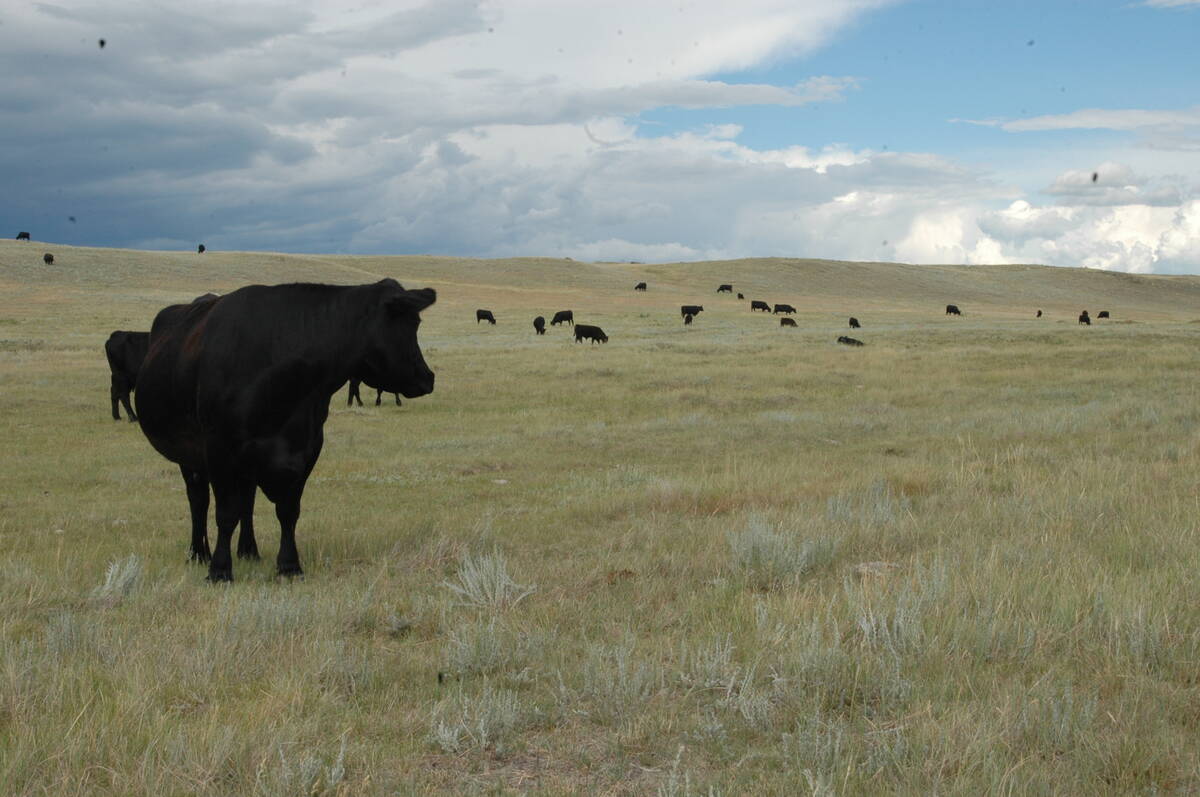Bovine viral disease Persistently infected cattle can result in substantial feedlot costs. Vaccination programs must be tailored for each farm
Frank van der Meer has never seen the micro-organism that causes bovine viral disease, but he knows the damage it can do to beef and dairy cattle.
The virus responsible for a host of serious illnesses in cattle is a rapidly changing organism only visible under the most powerful electron microscopes. It can cause losses of $80 per head, which is a substantial hit when multiplied across a herd.
One of van der Meer’s projects involves collecting old viruses from diagnostic clinics in Canada and comparing them at the University of Calgary’s virus database, which can take two years to analyze.
Read Also

Canadian Food Inspection Agency slammed for handling of bovine tuberculosis case
The federal government leans heavily on producers to “take one for the team” and risk their livelihoods without any reassurance of support.
“As long as we know where they come from and where they were isolated we can basically figure out how quickly that change actually happens,” said van der Meer, who researches infectious diseases at the university’s veterinary school.
His work suggests that prolonged, unmanaged BVD infection gives rise to new dangerous viruses that may not respond as well to current vaccines.
The virus can mutate rapidly from being a fatal pathogen to a fairly benign condition or vice versa. This is called drift.
“I want to know how far we have drifted away from that original virus that is now in the vaccine,” he said.
“You can expect every now and then this form of killer virus will pop up. The more virus you have around, the higher the probability that you will actually experience something like that.”
The disease is spread by persistently infected animals. They may be only .4 percent of a herd, but their ability to do widespread damage is well documented.
Producers often eliminate poor doing animals from their herds without figuring out what was wrong with them. Twenty-five percent of all persistently infected animals die on a farm, but others can go to a feedlot. One animal is probably infected in a pen of 100 or 200 and spreads disease to the others, causing respiratory and gastrointestinal infections.
“We know out of our data that most of the animals that get into a feedlot do not have a sufficient amount of immunity,” van der Meer said.
“They might have been vaccinated at branding, but that doesn’t do a whole lot.”
A U.S. feedlot study showed that prolonged exposure to the disease from persistently infected cattle results in substantial costs of $41 to $93 per head.
The 20,000-head study in Kansas found that some of the sickness depended on the virulence of the virus as well as the many stresses to which young feedlot calves are subjected.
The study also found that a persistently infected animal is not necessarily a poor performer but sheds virus and infects others.
Vaccinations could curb some of the problems, but van der Meer said there are no statistics on how many farms vaccinate.
He suspects producers do not vaccinate enough and may not provide boosters to build immunity.
“It is not just putting a needle in an animal. It is about inducing immunity.”
He said even pharmaceutical companies do not know for sure how much immunization occurs. They know how much they sell but do not know how often it was done or if it was administered properly.
A vaccination program depends on what a farm wants to achieve: does the producer sell calves and never see them again, or is he retaining ownership and wants to ensure they survive?
Veterinarians need to tailor programs for each farm and help decide whether young stock and pregnant and replacement females are immunized.
Bringing in new animals opens up the risk of disease.
“We know, for example, in many cases people are expanding their herds or purchasing new animals without testing them, then you are taking a big risk,” he said. “The diseases are bought and paid for.”















